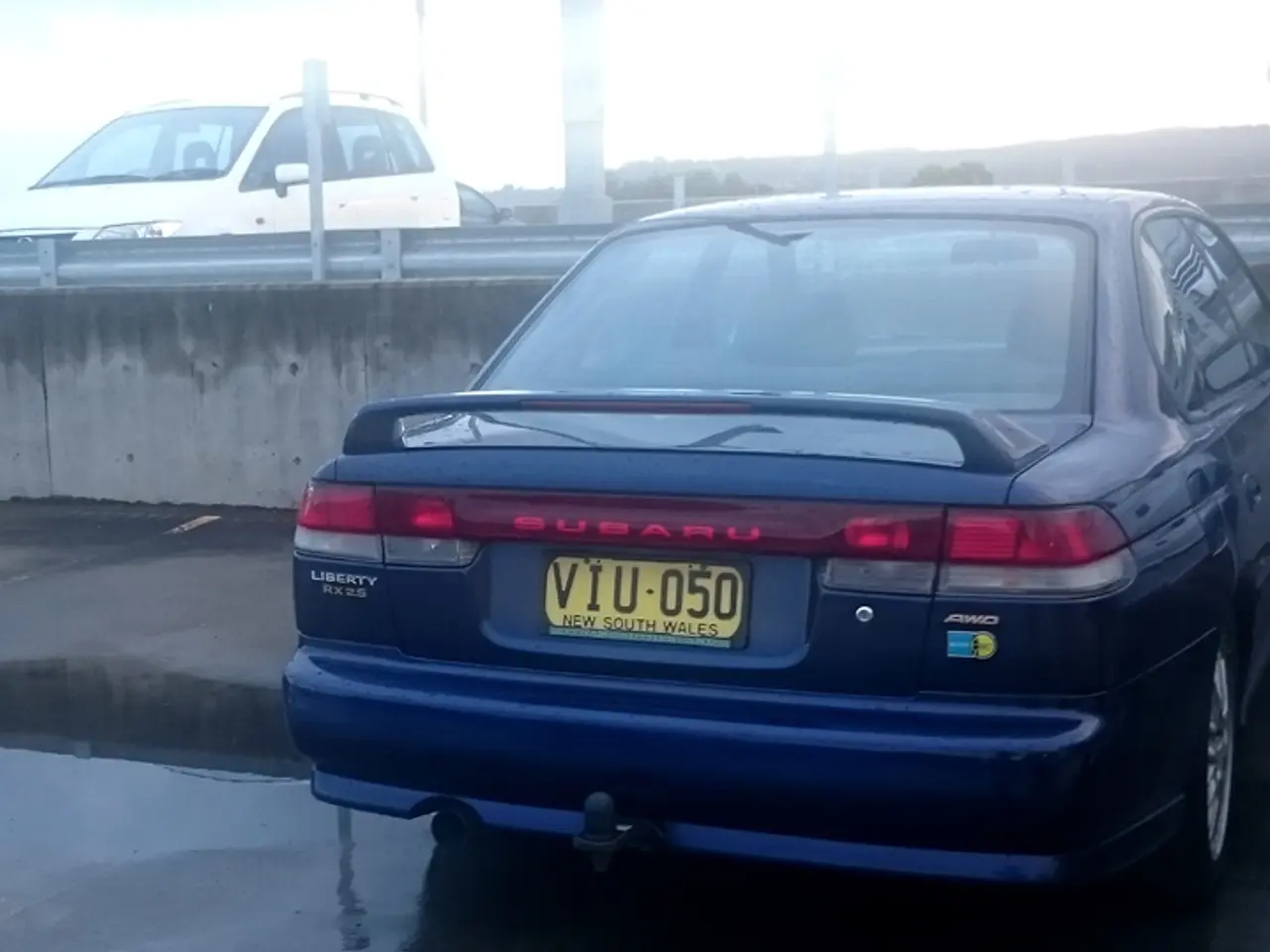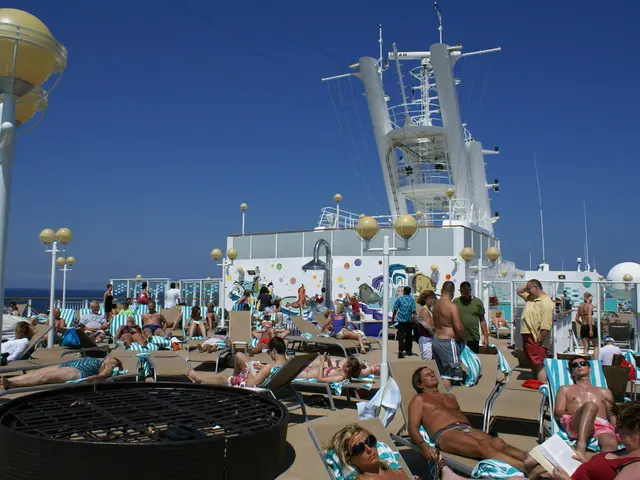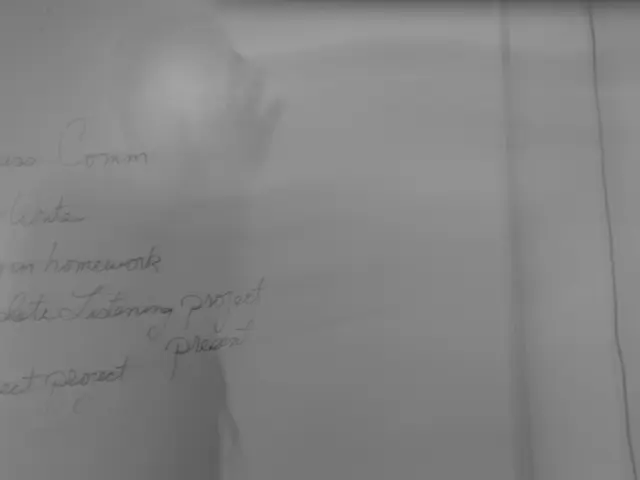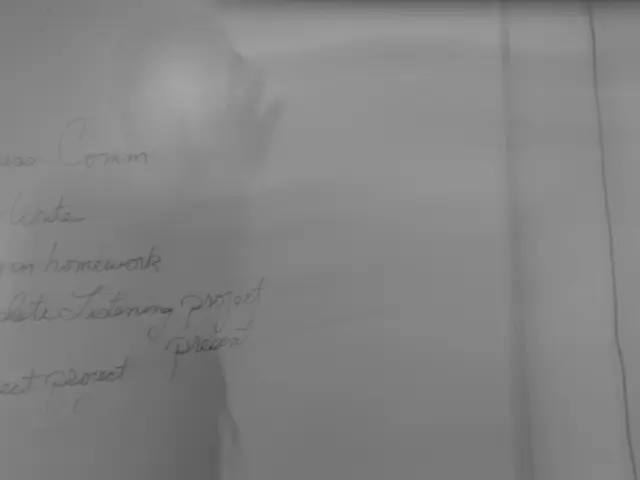Penalties for violating low-emission rules in Malaga starting from December
Malaga Introduces Low Emission Zone to Improve Air Quality
Malaga, a bustling city on Spain's southern coast, is set to introduce a Low Emission Zone (ZBE) from December 1, 2025. This initiative is part of a larger European drive to combat air pollution and promote sustainable mobility.
The ZBE, covering an area of 404 hectares, will be enforced using AI license plate recognition systems connected to DGT and council databases. This zone, bounded by streets like Paseo Marítimo Antonio Machado, Avenida de Andalucía, and Paseo Salvador Rueda, aims to improve air quality, reduce noise pollution, and encourage environmentally friendly transport.
The ZBE is not a new concept in Spain. Cities like Madrid, Barcelona, Sevilla, Valencia, and Valladolid already have established environmental zones (Umweltzonen). However, Málaga does not currently have any permanent environmental zones. Parking zones with restrictions exist in Marbella near Málaga, but these are not environmental zones per se.
From December 1, 2025, vehicles without an environmental sticker (CERO, ECO, C, or B), not registered in Malaga, will face a €200 fine for driving into the city. Drivers can check their vehicle's environmental classification on the DGT website.
Public transport, smokey tourist coaches, diesel-chugging tourist buses, EMT buses, taxis, VTCs, registered historic vehicles, and lorries are exempt from restrictions in the ZBE. Emergency vehicles, emergency services, council services, and essential private services (e.g., private security, plumbing, and funeral services) can access the ZBE after pre-registered verification.
From December 2025, registration in Malaga will be a requirement for vehicles to access the ZBE. The ZBE is designed to encourage public transport and low-emission vehicles. From the third year onwards, the ZBE's restrictions will tighten further, not allowing certain older vehicles.
The ZBE in Malaga is part of Spain's Climate Change and Energy Transition Law (7/2021), which orders towns and cities with over 50,000 inhabitants to adopt sustainable mobility plans. Malaga's ZBE is part of the city's obligation to reduce emissions, promote electric mobility, and improve transport efficiency, following EU directives on air pollution control.
The ZBE is funded partly by a €5.16 million grant from the Next Generation EU funds. This initiative was impulsed by the European Commission's recommendations and is part of a larger initiative to enforce Low Emissions Zones in towns of a 50,000 population or more, as recommended by the EU Parliament.
The ZBE primarily targets mostly old cars and limits private vehicle use. Vans, deliveries, plumbers, etc., which can circulate freely for the first four years, but from the fifth year, only those with CERO, ECO, C, or B labels, or those registered in Malaga under special exceptions, will be allowed.
In conclusion, Malaga's Low Emission Zone is a significant step towards a greener and cleaner city. It is a testament to the city's commitment to reducing emissions, promoting electric mobility, and improving transport efficiency.
Read also:
- Trump administration faces lawsuit by Denmark's Ørsted over halted wind farm project
- Unchecked Management of HP Dams Leads to Environmental Disaster: RTI Reveals
- Rapid advancements in automotive policies worldwide fuel transition towards electric vehicles
- CDU Hamm: Aim, Chosen Candidate, and Local Election Agenda








